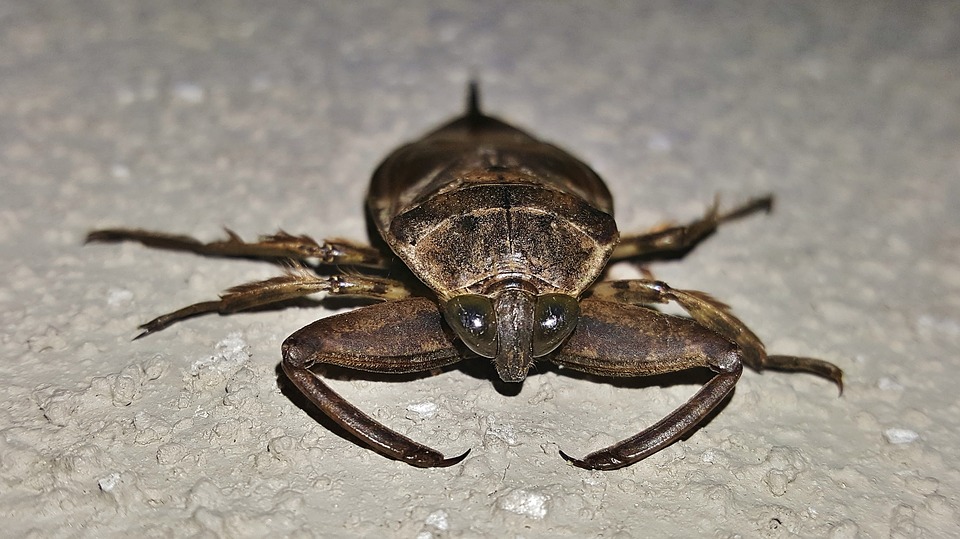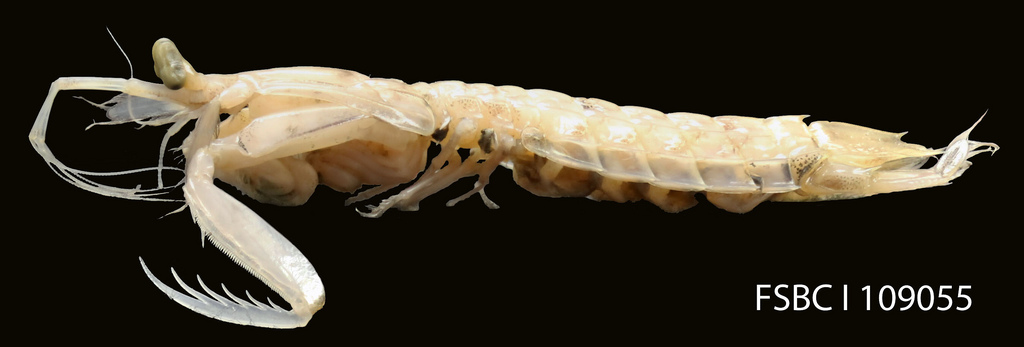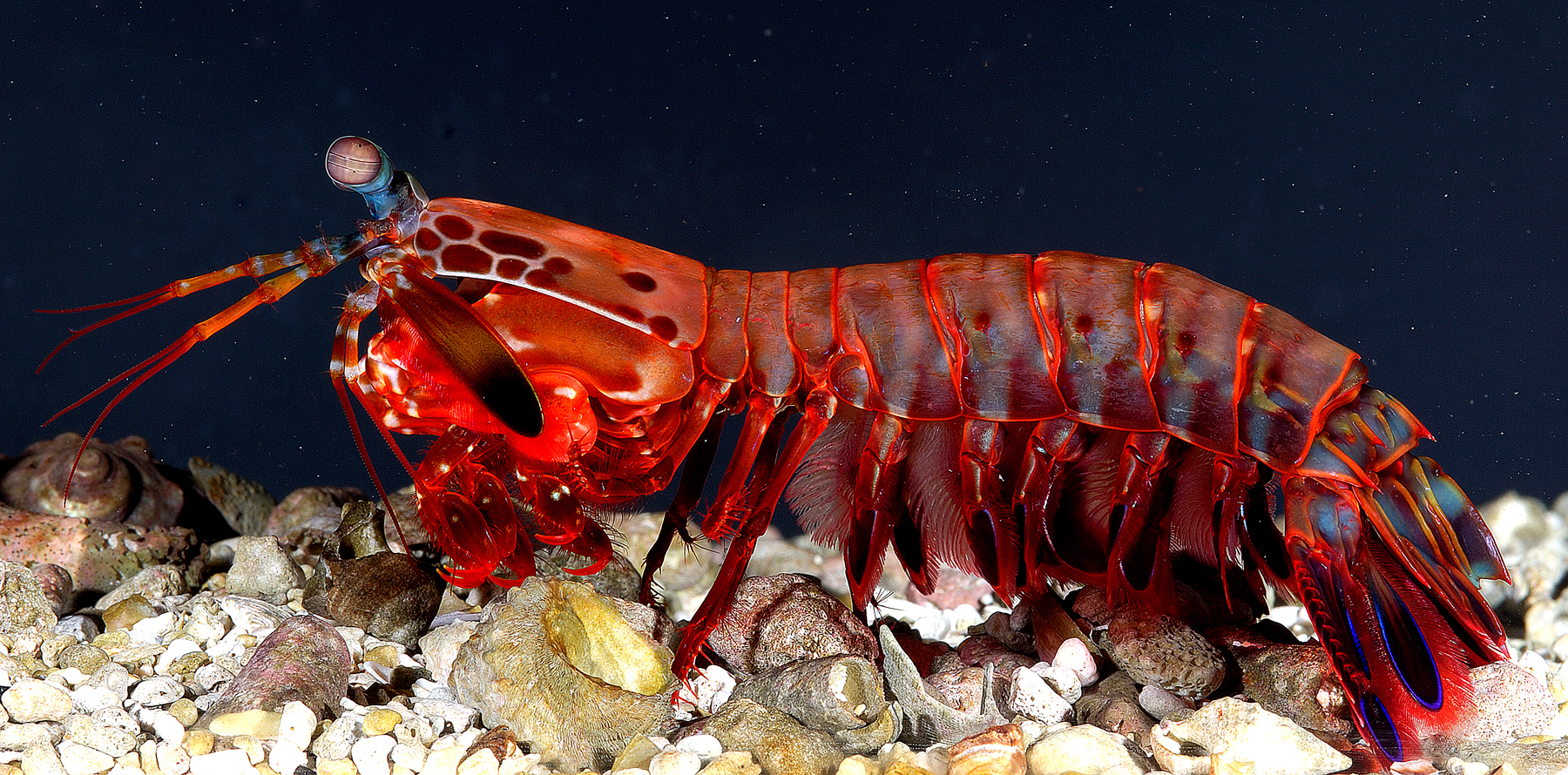What Exactly are Raptorial Claws?

Raptorial Claws 101
I love random bits of nature trivia. I store them away like nuts in a chipmunk larder, to be taken out and paraded around when the right situation occurs. The term "raptorial claw" is one that most people will sort of know what it means, but not really, so for today's blog post a short introduction to my shiny chipmunk term of the day.
When I think of a raptorial claw I think of the arthropod (invertebrate) equivalent of the love child of Chuck Norris and a lobster (yes, I know the movie of how that might have happened is now playing in your brain). The term "raptorial" refers to a bird or animal of prey, or it can also refer to a limb that is used by predators to grab prey. You'd be right to picture eagle talons or the velociraptors from Jurassic Park. However, there are many other animals, mostly invertebrates, that have raptorial claws too. The shape, form, and function of these claws all have a few things in common. They are::
- Used to grab, stab, or stun prey
- Used for holding prey for consumption (eating squiggly things)
- Often folded or held close to the body
- Can strike out quickly and deliver a blow or grab
- Often made from two limb or body segments

Here are some well know creatures with raptorial forelimbs:
Note that the representatives below are given generic titles and names for each family subgroup.
PREYING MANTIS

GIANT WATER BEETLE
Notice that this water beetle does not have the serration of the preying mantis but they both use their raptorial claws for grabbing and holding. The water bug uses its raptorial claws like a pincer, and then it uses its piercing mouth parts to suck the juices from what it has caught (these guys would make a great B-flick horror movie subject).

Here's a neat video of a giant water beetle eating a garter snake. The first part of the video is rough, but fast forward to about the 1 minute mark and it's awesome:
WATER SCORPIONS
These guys are related to giant water bugs, and they're named scorpions because of their long tail protrusion, but they're not venomous.

WHIP SPIDERS
This is a family of arachnids that look like stuff from nightmares, but they're really pretty harmless. However, they do have long tail whips that can spray acetic acid (smells like vinegar) when messed with. But really, look at them, would you mess with them? Yes, some are found in North America but they're mostly insect eaters.
MANTIS SHRIMP (they're not really shrimp)
This family of crustaceans are amazing. Here I'm showing you two types, one that has stabbing and spearing raptorial claws (directly below) while the second entry is the peacock mantis shrimp. Mantis shrimp are often called "thumb crackers" because they can seriously hurt you with their claws. They're even strong enough to crack or break aquarium glass!

PEACOCK MANTIS SHRIMP (CLUBBED RAPTORIAL FORELIMBS)

Here's a great video that explains how a mantis shrimp's clubs work, and slows down the imagery:
To Conclude
Raptorial claws and forelimbs are truly unique adaptations of the arthropod world, and they come in a wide variety of shapes and sizes. I've only given you a few examples. These claws are like the boxing-glove-nun-chucks of invertebrates. The bent shape of the forelimb, and the associated tendons and muscles create quite the force of nature.
Here's one final video for you, with a preying mantis actually taking down prey many times larger than it is, using raptorial claws. Sort of makes you want to re-think ordering lobster, shrimp or other delicacies for your next special dinner!!!


